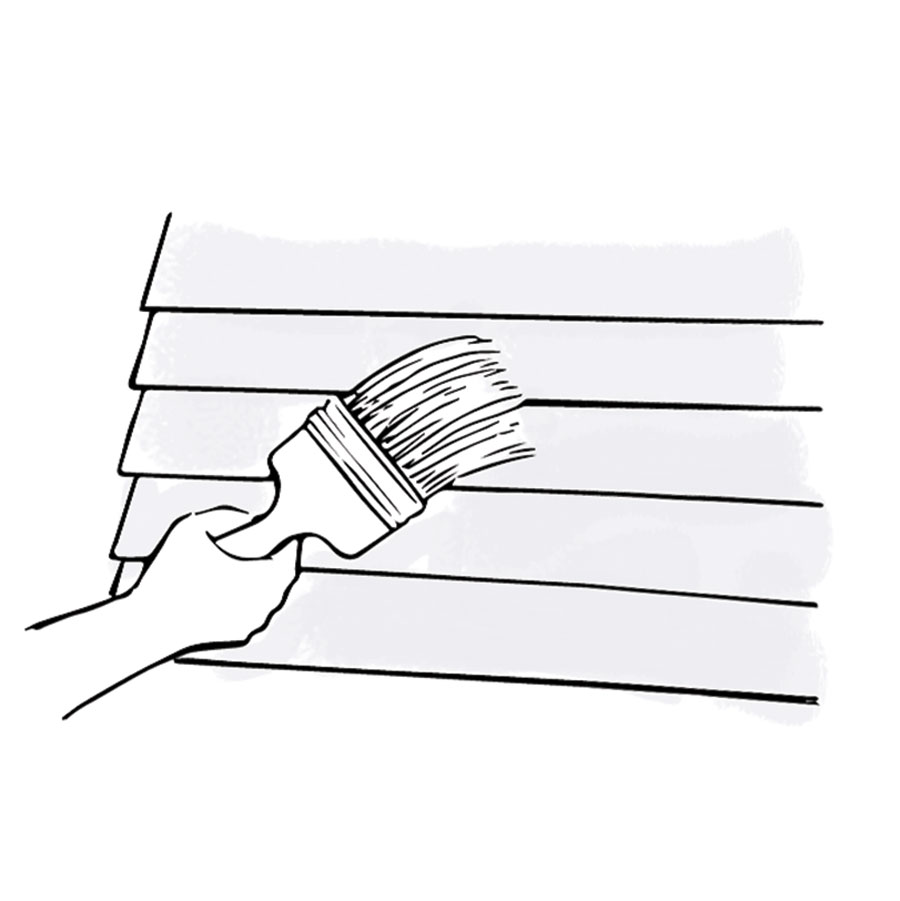
Home Rx
Realtor/science writer/self-proclaimed “house geek” Hannah Holmes on seasonal shelter monikers, Marco Polo’s asbestos fixation, and more.
Illustrations by Christine Mitchell Adams
Have a question for Hannah?
Send your Maine home or garden conundrum to hannah@mainehomes.com and we may feature it in an upcoming column.
Could you please explain the difference between a camp, a cabin, and a cottage?
PATRICIA SIEGNER SHAFFER, SEVERNA PARK, MARYLAND

My grandmother was the only Mainer I ever knew to use the term “cottage.” She was from nearly-Canada, Maine, and my grandfather was from a clan of Tories who moved to New Brunswick during the Revolution. My own dear father kept a picture of Princess Diana in his kitchen. My point: These people were hopeless Anglophiles. And so, when Grandma and Grandpa bought a former Girl Scout bunkhouse in Monmouth, they called the charmless structure a “cottage.”
There is only one acceptable use of that term in Maine, and only on the coast. Whether it’s a cute couple of rooms or a 12-bedroom, 13-bath behemoth, a Maine cottage typically sports some mix of gables, dormers, shingles, beadboard, board-and-batten, and built-ins. If you call anything else a cottage, it had best have a thatched roof and a rose garden.
“Cabin” and “camp” carry less socio-economic baggage. In the westerly parts of our nation, cabin is the more common term. In Maine, it’s preferred for a freestanding unit at a motel; referring to your “cabin on the lake” is tolerated but not encouraged.
But camp! The history of camping is long, honorable, and dirty. Camp derives from the Latin word for “field.” When the Roman army went on a campaign, for instance, everyone slept in a field. It wasn’t recreational. Likewise, early Europeans in America would spend miserable months in rudimentary hunting or logging camps deep in the wilderness. Again, not recreational.
If a Maine camp was built in a pleasant place, however, then over time it might be maintained. Thus, the camp evolved into a vacation spot. Today, the term will suffice for most classes of seasonal shelter. But just as “cottage” retains a whiff of roses, “camp” sets a certain standard for rusticity. Increasingly, throw pillows are permissible at a camp, but they ought to retain a whiff of mildew.
What plants grow well in clay soil? Can you improve the soil?
BARBARA DODSON, WILLIMANTIC

Welcome to Maine,” Skip Starr, owner of The Green Thumb nursery in Rockport, jokes. “Is it blue clay? Hardpan? Heavy clay with loam?” Depending on how wet, porous, and deep your clay is, his response varies from “nothing” to “almost anything.”
The fine particles in clay soil hold less air than well-drained soil does, so there are fewer openings for roots to explore. When clay gets wet, it stays wet, causing roots to rot. Plants that may tolerate it include daylilies, dogwood shrubs, lilacs, and weeping willows. If you can lighten the soil with compost, peat moss, or mineral amendments like gypsum or greensand, you’ll appeal to a broader population of flora.
You might survey your area for natives that have evolved for such soils. You can try black-eyed Susans, blue-eyed grass, jewelweed, Joe Pye weed, and ferns. But for a quicker solution, carry a clod to your local nursery, where someone will help you find the right plants for your particular clay.
Can I clean up and restore my aluminum storm windows myself or do I need to replace them?
HOLLY LYNN, ORLANDO AND PORTLAND

A successful paint job is composed of 90 percent preparation and 10 percent paint. My spirit guide, Tania Margate, of South Portland’s Maine Paint, says aluminum window frames are surprisingly easy to refresh. Step one is to use sandpaper and a wire brush to scrape away any oxidation or rust. (Aluminum frames aren’t always aluminum, she warns. They may be an alloy.) Then clean them with naphtha — a fumy petrochemical solvent. Do this in an extremely well-ventilated area, wearing rubber gloves. Read the label. Follow the instructions. Then you’re ready for the fun part. Pick your favorite “direct to metal” paint, and enjoy the instant gratification portion of your chore. Benjamin Moore’s version has primer in the formula, so you might even experience a one-coat transformation. Direct-to-metal spray paints offer all manner of textures and special effects, but make sure the paint is formulated for exterior use.
I’ve heard asbestos siding is pretty common in Maine houses. Is it hazardous?
AMY MACDONALD, FALMOUTH

Marco Polo’s memoirs describe napkins woven with magical asbestos fibers a Central Asian hostess provided. After dinner, she tossed the cloths into the fire to clean them for the next use. This inflammable aspect of asbestos explains its later popularity in siding, insulation, flooring, roofing, adhesives, and more.
The link between asbestos exposure and lung disease led to regulation in the 1980s. After an initial period of panic, many experts have decided that crumbly pipe insulation presents the most danger and should be removed by pros. The asbestos in flooring and siding is so tightly bound with other ingredients that the risk of inhaling loose fibers is lower. In Maine, homeowners can remove siding themselves, provided they follow the precautions outlined on maine.gov/dep. (If you pay others to handle asbestos, they must be licensed.)
Most people opt to keep their asbestos siding, patching it as needed, and keeping it coated with paint. Having authored an entire book about dust, I would add one warning: Just as lead-based paint dust accumulates in the soil around an old house, so would any asbestos fibers loosened by weather and wear. The perimeter of an old house, in my opinion, should always be covered with sturdy perennials, mulch, or some other stabilizing stuff.
Hannah Holmes is a real estate broker at Keller Williams Realty Greater Portland and the author of four science titles, including The Secret Life of Dust and Suburban Safari. A veteran renovator of old houses, she blogs about humans and their territorial issues at geekrealtyblog.com.





